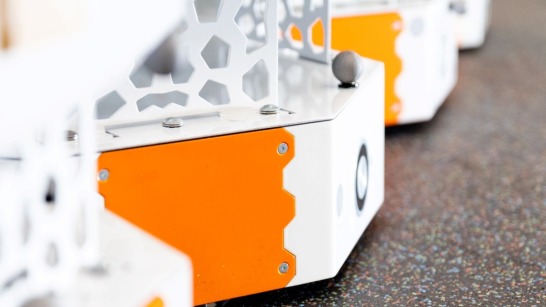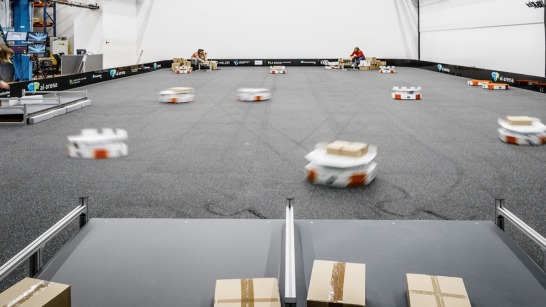Staying with e-commerce, what special challenges are there in China?
Duan Chengwei: “There are two key challenges for merchants: Firstly, they have to deal with online and offline sales channels at the same time; secondly, during peak times, such as large online shopping events in China like 11/11, they have to simultaneously handle orders and returns quickly and efficiently. Stocks for e-commerce and in-store trade are generally still kept separate. This is not the case at Dematic. As an intralogistics specialist, in China we prefer to use the same warehouse for both business models. This means a higher utilization rate for the facilities and greater working efficiency.”
Is Dematic a pioneer in integrated warehouse usage in China?
Duan Chengwei: “Yes, we are helping to lead the way in this area. We have already successfully completed several major projects, such as a system for well-known Chinese clothing brand Bosideng. The retail outlets’ logistics channels, the e-commerce handling and the returns and exchanges were all fully integrated into this system.
And what is the situation with industrial trucks?
Chen Xiaochun: “Our automation business focuses on end-to-end solutions for mobile robots in the field of industrial applications. Furthermore, users are showing great interest in solutions in the areas of simultaneous localization and mapping (SLAM) and outdoor navigation. One example of an integrated solution is one of our systems which is in use at large domestic packaging company HOTEL-STAR. This system combines very narrow aisle (VNA) trucks and autonomous mobile robots from Linde China.”
What opportunities and challenges are to be expected in the future?
Duan Chengwei: “Cost pressure will continue to increase, so we need to continue to automate and increase the efficiency.”
Chen Xiaochun: “And there’s a lot of room for us to grow here: In 2020, the market for driverless transport systems stood at just 0.6 percent. This means there is huge growth potential for the future. But the competition never sleeps. There are now more than 300 providers on the market for mobile robots in China, and this number will continue to grow. This means that competition will continue to intensify for both technology and price. Chinese customers are fascinated by the speed of technological change. This is forcing us to further optimize solutions, push on with research and development and use agile processes. Only in this way can we make further inroads into the Chinese market.”


